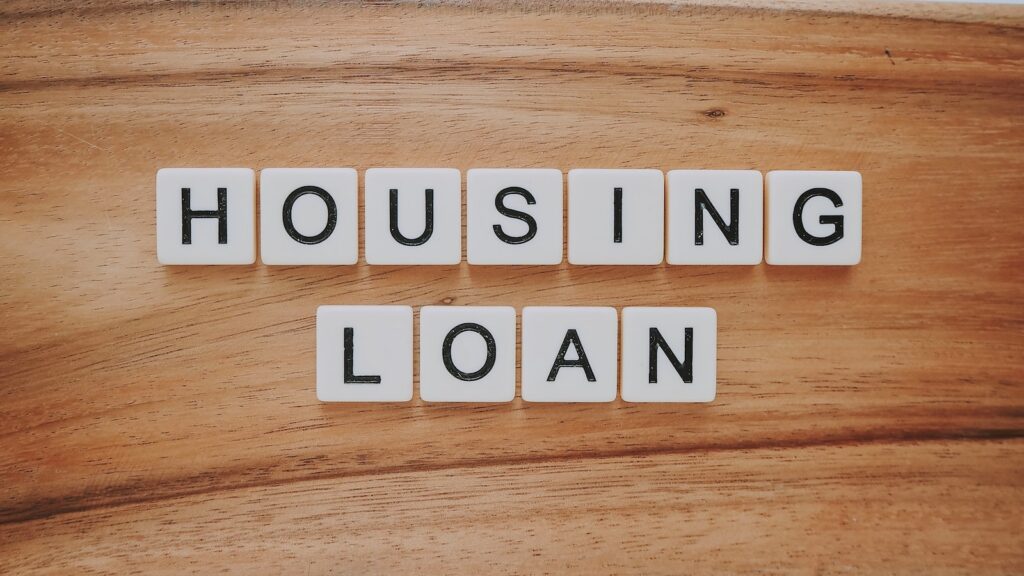Beginner’s Guide to Fix and Flip Loans: How to Fund Your Next Project
Beginner’s Guide to Fix and Flip Loans: How to Fund Your Next Project
Fix and flip loans are an increasingly popular financing option for real estate investors looking to fund their next project. However, navigating the world of fix and flip loans can be confusing for beginners. In this article, we will provide a comprehensive guide to fix and flip loans.
We will also discuss the pros and cons of fix and flip loans, as well as some alternative financing options.
Whether you are a seasoned real estate investor or just getting started, this article will provide you with the information you need to make an informed decision about financing your next fix and flip project.
What are fix and flip loans
Fix and flip loans are short-term loans used to finance the purchase and renovation of real estate properties for the purpose of selling them for a profit. These loans are typically offered by private lenders, and are specifically designed for real estate investors who are looking to buy distressed or undervalued properties, make renovations, and then sell them quickly.
Fix and flip loans typically have higher interest rates and shorter terms than traditional mortgages, as they are intended to be used for short-term projects. They can be a valuable financing option for real estate investors who are looking to flip properties quickly and efficiently.
Why should you finance your fix and flip projects
Having financing to fund fix and flip projects is important for several reasons:
- Enables the purchase of properties: Fix and flip financing allows investors to purchase properties they might not otherwise be able to afford with cash. This expands the potential pool of properties that can be purchased and renovated for resale.
- Funds renovations: The financing provides the funds necessary to complete the necessary renovations to make the property marketable for sale. This can include everything from structural repairs to cosmetic updates.
- Speeds up the project timeline: Having financing in place enables the investor to move quickly on the project, as they don’t have to wait to accumulate the necessary funds. This can be important in a competitive real estate market where time is of the essence.
- Increases the potential profit: By financing the project, investors can increase the potential profit of the project. This is because they are able to take on larger projects and potentially flip more properties in a given period of time.
Fix and flip loans are short-term loans used by real estate investors to purchase and renovate properties with the intention of quickly selling them for a profit. These loans are specifically designed for investors who are looking to buy properties that are in disrepair or undervalued, make renovations and upgrades, and then sell them quickly for a profit.
Types of fix and flip loans
There are several types of fix and flip loans, including:
- Hard money loans: These are short-term loans that are typically funded by private investors or companies. They are secured by the property being purchased and often have high-interest rates and fees.
- Bridge loans: These are short-term loans that are used to bridge the gap between the purchase of a new property and the sale of an existing property. They can be used for fix and flip projects, as they are typically repaid once the property is sold.
- Cash-out refinancing: This is when an investor refinances an existing property to free up cash that can be used for a fix and flip project.
Key features of fix and flip loans
- Short-term
- Fix and flip loans are designed to be short-term loans, typically with terms ranging from 3 to 18 months.
- High interest rates
- Because of the short-term nature of the loan and the higher risk associated with fix and flip projects, fix and flip loans often come with higher interest rates than traditional mortgages.
- Collateral-based
- Fix and flip loans are typically secured by the property being purchased, meaning that the lender has the right to foreclose on the property if the borrower defaults on the loan.
- Quick approval process
- Fix and flip loans often have a quick approval process, as lenders are primarily concerned with the value of the property being purchased and the investor’s experience and track record.
- Funding for renovations
- In addition to financing the purchase of the property, fix and flip loans also provide funding for renovations and upgrades to the property, which are necessary to increase the property’s value and attract potential buyers.
Potential drawbacks of fix and flip loans
- High interest rates and fees: Fix and flip loans typically come with higher interest rates and fees than traditional mortgages or other financing options. This can significantly increase the cost of the project and eat into potential profits.
- Short repayment terms: Fix and flip loans are typically short-term loans with repayment terms ranging from 3 to 18 months. This can put pressure on investors to complete the project quickly and sell the property to repay the loan.
- Risk of overleveraging: Fix and flip loans can be risky if investors overleverage themselves or take on too many projects at once. This can lead to financial difficulties and potential losses.
- Market fluctuations: Fix and flip loans are dependent on the real estate market, which can be unpredictable and subject to fluctuations. A sudden drop in property values or a slow market can negatively impact the success of a fix and flip project.
Alternatives to Fix and Flip Loans
- Home equity loans: Homeowners with significant equity in their homes can borrow against that equity to fund a fix and flip project. This option may offer lower interest rates and longer repayment terms than fix and flip loans, but it does require significant equity in a property.
- Personal loans: Personal loans may be an option for smaller fix and flip projects, but they typically have higher interest rates than other financing options.
- Business lines of credit: Real estate investors may be able to obtain a business line of credit to fund fix and flip projects. This option may offer flexibility in terms of borrowing amounts and repayment terms, but it can also be more difficult to qualify for than fix and flip loans.
- Crowdfunding: Some real estate investors turn to crowdfunding platforms to raise funds for fix and flip projects. This option may offer a wider pool of potential investors and lower interest rates, but it also requires a significant amount of marketing and promotion to attract investors.
Pros and Cons of Alternative Financing Options
- Home equity loans: Home equity loans offer longer repayment terms and lower interest rates than fix and flip loans, but they require significant equity in a property and can put that property at risk if the borrower defaults on the loan.
- Personal loans: Personal loans may be easier to obtain than other financing options, but they typically have higher interest rates and may not provide enough funding for larger fix and flip projects.
- Business lines of credit: Business lines of credit offer flexibility in terms of borrowing amounts and repayment terms, but they can be more difficult to qualify for than fix and flip loans.
- Crowdfunding: Crowdfunding may offer a wider pool of potential investors and lower interest rates, but it requires a significant amount of marketing and promotion to attract investors, and there is no guarantee that the project will be fully funded.
Maximize your profits
Choosing the right financing option for your fix and flip project is crucial to the success of your investment. The wrong financing choice can significantly increase the cost of the project and eat into your potential profits. It is essential to research and compare different loan options before making a decision.
To ensure you choose the right financing option for your fix and flip project, take the time to research and compare different loan options. Consider factors such as interest rates, fees, repayment terms, eligibility requirements, and the potential for high returns. By doing so, you can make an informed decision that maximizes your potential profits and sets you up for success in your fix and flip project.


